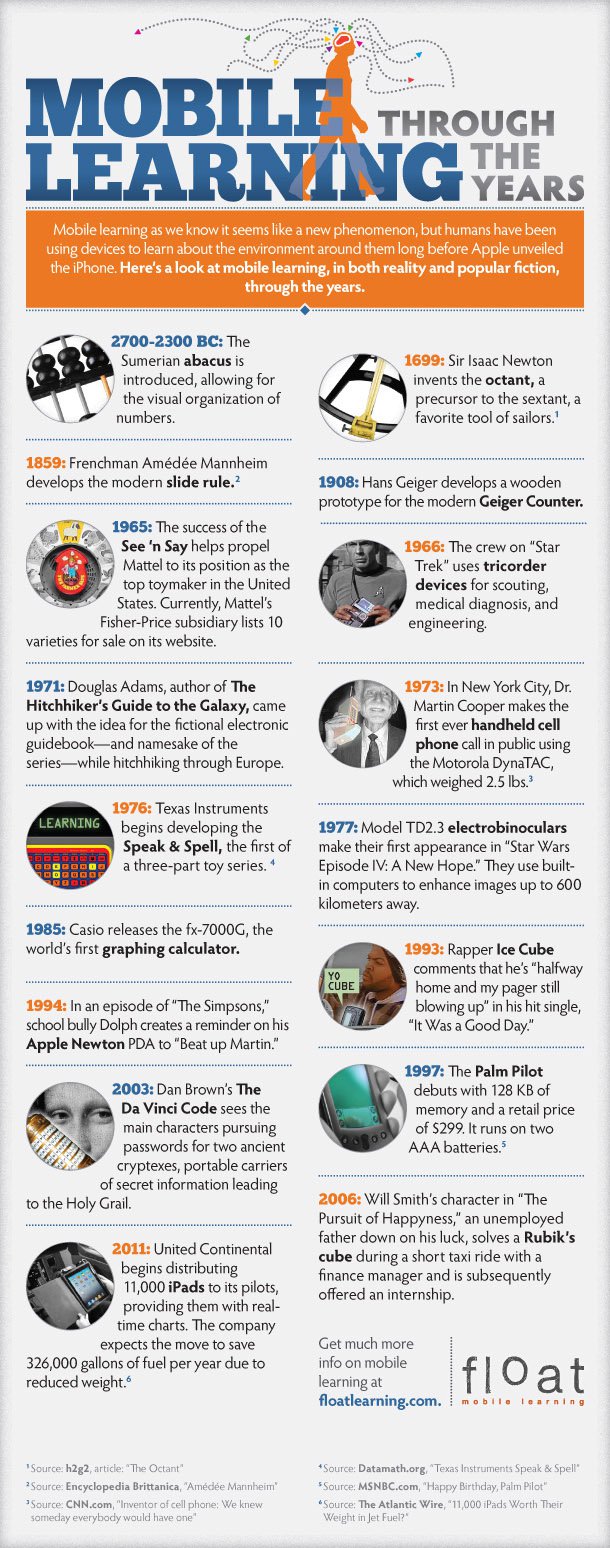The Geiger counter is used to measure the amount of ionizing radiation that is available in a certain area. It can detect alpha and beta particles, as well as gamma rays, because of the ionization that occurs in the tube of the instrument. It’s one of the world’s best known radiation instruments and was invented in 1928 by Hans Geiger and Walther Mueller.
What Else Did Geiger Invent?
Hans Geiger is also famous for being part of the Geiger-Marsden experiment which was responsible for the discovery of the atomic nucleus. It was discovered in 1911 by Ernst Rutherford, but only because of the experiment that was conducted in 1909. The experiments continued on through 1913 at the University of Manchester and led to the development of modern theories about alpha particles and other atomic theories.
Geiger was also part of the group that developed the Geiger Nuttall law for nuclear physics. This law relates to the decay constant of the radioactive isotopes that have energy emitted to the alpha particles. It measures the half-life of these particles, measures to cluster decays as well, and is a law that is remarkably easy to derive. Much of his joy came, however, from the work that he did as a professor and with the students brought under his tutelage.
What Else Did Walther Mueller Invent?
Walther Mueller took a different tactic when it came to his work as a physicist. His primary work was the development of the Geiger-Mueller tube that is used in the Geiger counter. It measures the radiation in any given area by having its own form of ionization that interacts with the radiation in the atmosphere that is produced by radioactive items.
After spending his time as a student studying philosophy, chemistry, and physics at the University of Kiel, Muller spent much of his time working in industrial research and development for Germany. He began working with Geiger because he became the first PhD student that Geiger had, as Geiger had just become a professor there. Muller later became an advisor for the Australian Ministry of Economy. It also founded a company in the US that could manufacture the tubes that he helped to invent. He passed away in California in 1979.
What About Nazi Involvement?
Both men worked during the Nazi era of Germany and their involvement with the ruling party has sometimes come into question. For Geiger especially, it was sometimes rumored that he would refuse to work with Jewish colleagues, but these rumors could never be confirmed. Some evidence shows that Geiger actually rejected the Nazi ideology. As for Muller, nothing much is really documented about him beyond his work regarding the tube for the Geiger counter. He worked hard to promote industrial innovation and that is the story of his life’s work.
The Geiger counter helps researchers understand more about radiation and it allows people to be safe in potentially unsafe environments. This invention has helped many to understand ionization, how gasses can become ionized, and the world is better for it.
Strong proponent of individual liberty and free speech. My goal is to present information that expands our awareness of crucial issues and exposes the manufactured illusion of freedom that we are sold in America. Question everything because nothing is what it seems.




















